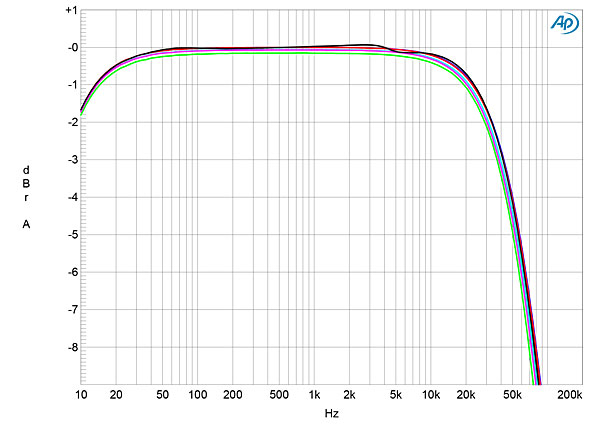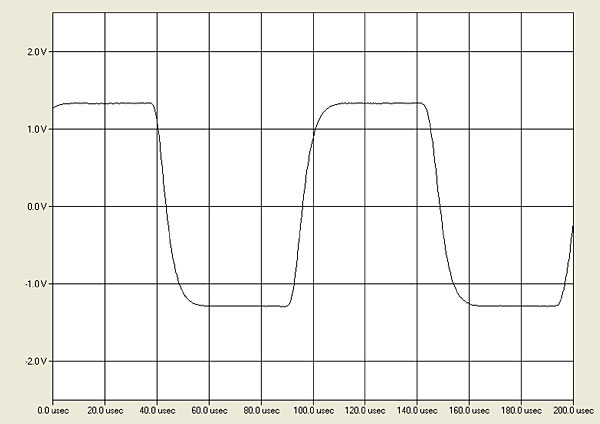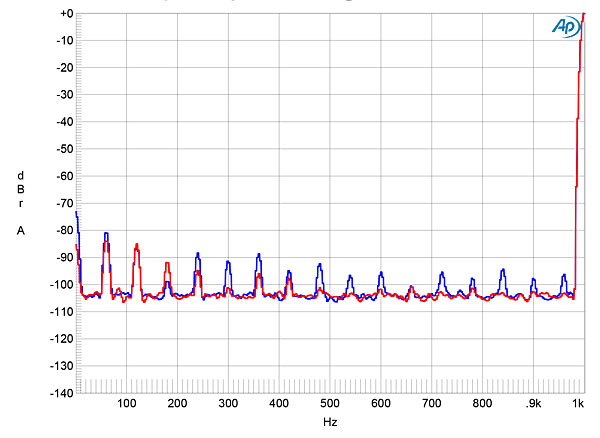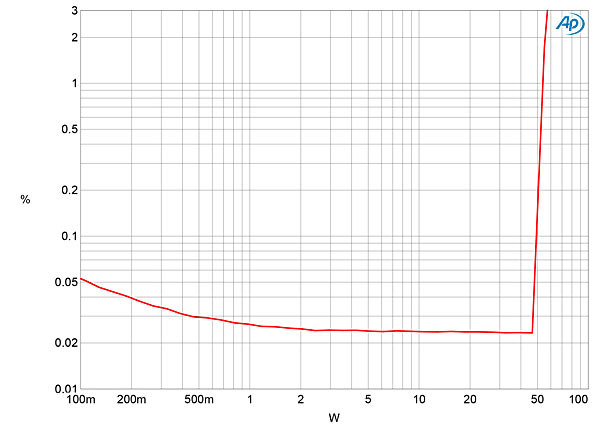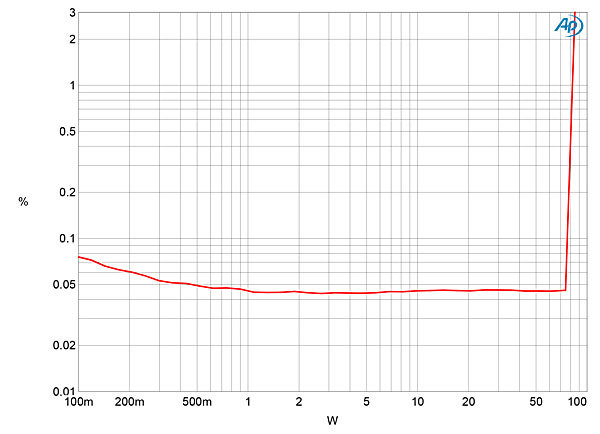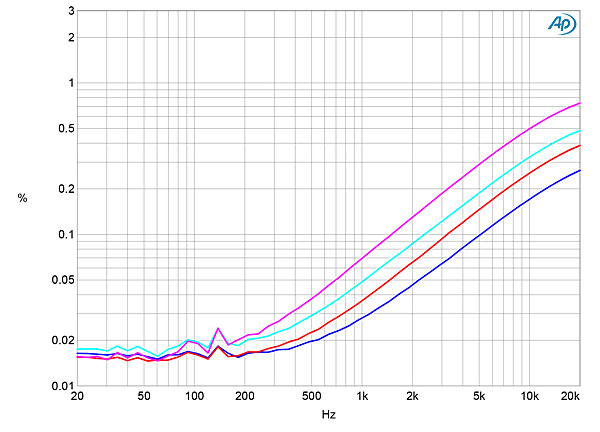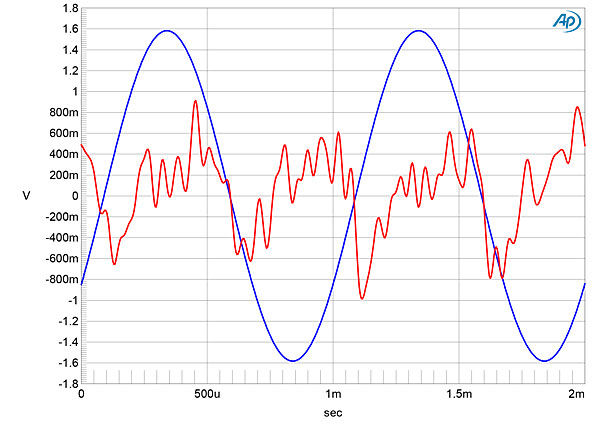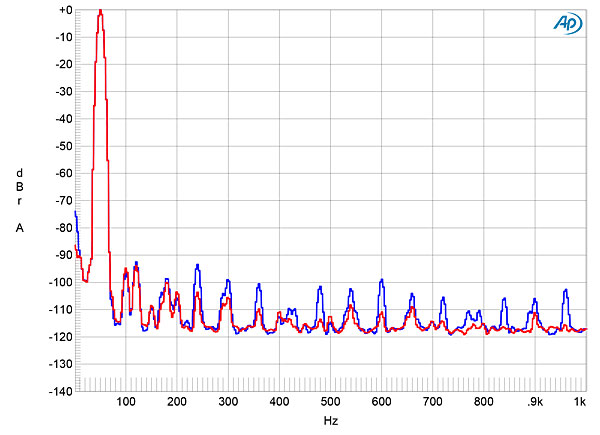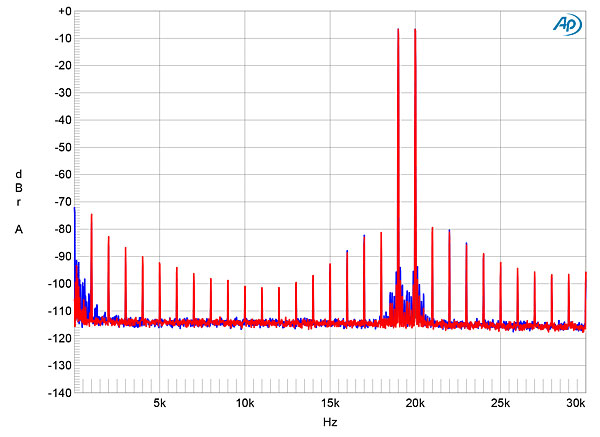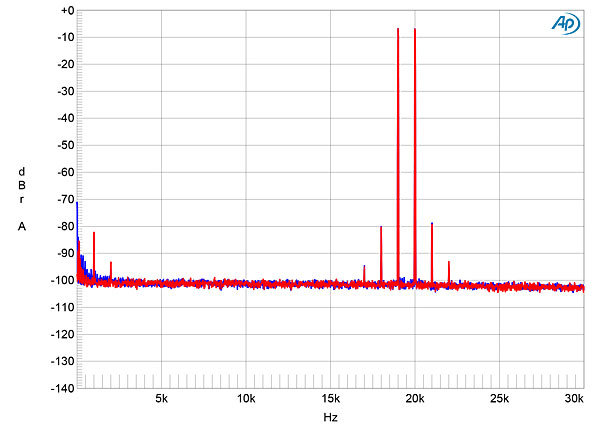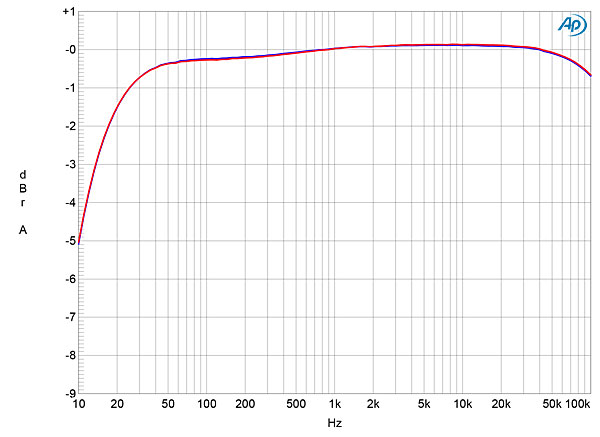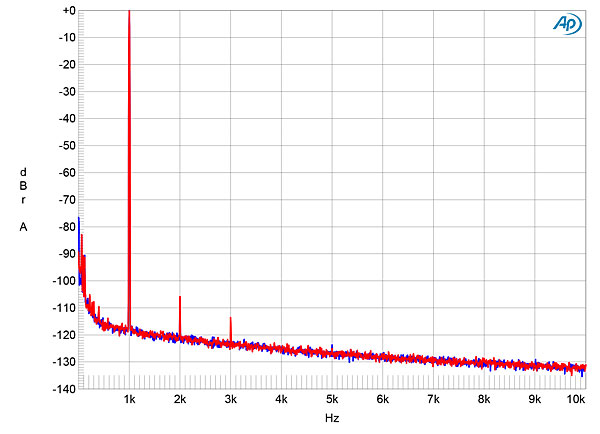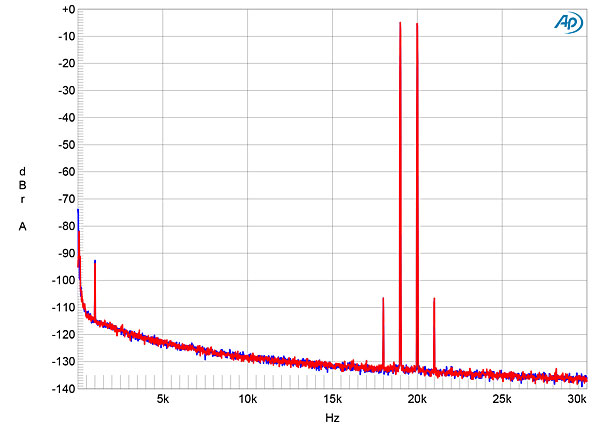| Columns Retired Columns & Blogs |
Geez, I was selling Air Containers of Linn LP12s, back in the 1980s.
I never sold a single Rega turntable and didn't wonder why, I just knew that people wanted better than a noisy Rega and still do, although they can't afford a $17,000+++ "proper" record player/arm/phono cart and Riaa Pre-amp. Phew
Can they justify the pricy vinyls and misc. cleaning & storage systems?
Well, I suppose that someone just starting out can now own an entry level Rega Turntable & Rega Electronics. For well under $2,000 US. Hmm.
Why not just buy a "Jumbles Sale" Pioneer SX 60W Reciever & garage sale record player?
Dealer thoughts:
Magico & Wilson High End dealers should have & stock some interesting entry level stuff. Can they live off the points from a $2k Sale ( probably 40 points equaling $800 bucks )? Maybe they could sell one of these cute little "dorm" systems to Daddy Big Bucks who is already a D'Agostino Customer.
The darn good thing here is that there ain't no dam Chinesium inside the Rega box!
So, I have to give Rega two thumbs up, it's a Brit when being Brit seems long of tooth, Stereophile seems to assure us of it's sound qualities but didn't quite compare it's value to a little Schiit ( made in USA ) system.
Well done, Rega, I've always loved the Brit stuff.
Tony in Michigan
ps. someone with a "jiggle-cam" did a nice multi-day tour of Rega that's well worth watching. I noticed that Rega has only one resident Audiophile on Staff. hmm
